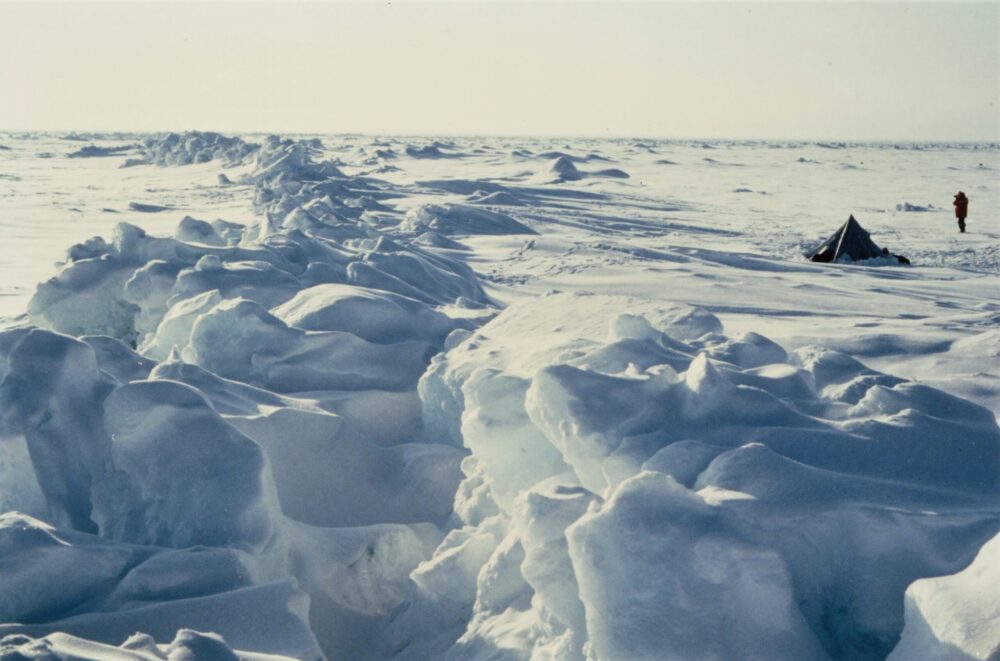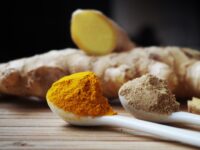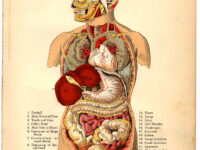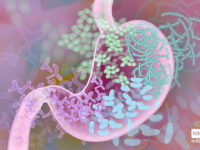Due to advances in both chemistry and technology, modern drug development is increasingly utilizing synthetic chemical compounds as the basis for our lifesaving and innovative drugs.
However, many of the pharmaceuticals we have today are still derived from naturally occurring compounds or organisms, and recently, there has been a renewed interest in looking to nature to find these novel compounds, especially to help solve certain issues such as antimicrobial resistance. This is due to the fact that not only have we significantly advanced our understanding of how naturally occurring compounds are synthesized, but natural compounds are often better at engaging their biological targets than their synthetic counterparts. Indeed, organisms are fighting a constant antimicrobial battle against the pathogens that threaten them, which allows humans to harness these compounds for our own benefit. Traditionally, the discovery of novel, natural compounds has centered on areas that were thought to contain a diverse array of bacteria, such as the soils in temperate regions of the world. However, recent discoveries are pointing to an interesting source for these compounds — the vast and largely unexplored polar regions of our planet.
Though both polar regions account for a generous amount of the total biosphere (about 15 percent), their unforgiving, extreme environments have given these regions a largely unwarranted reputation for being barren and lifeless. However, research has recently upended this notion with the discovery that cold environments, like warm environments, have variations in salinity levels and nutrient concentrations that result in a diversity of microbial ecosystems. The Armi Project, run by researchers at the Finnish Forest Research Institute (Metla), isolated more than 500 different bacterial strains in Antartica between 2001 and 2004. Subsequent research has determined that several bacterial strains lend promise as origins of antimicrobial agents, which are the basis of antibiotic drugs. However, this exciting field of research is not limited to only bacteria, nor just antimicrobial agents. Compounds have been discovered that could have activity in several other classes of drugs, such as antiviral, immunomodulation, and anti-cancer drugs. For example, the marine bacterium Bacillus subtilis, which was discovered in the mud of the Arctic Ocean, was found to produce peptides that inhibited the cells of human colon cancer.
However, as promising as some of these discoveries are, the impact that they will have on drug discovery is unknown. Much of drug discovery these days is done through a method called high throughput screening (HTS), which uses robotics to quickly and automatically test thousands of synthetic or natural chemicals for a biological target, and HTS has significantly accelerated the pace of drug discovery. Although this efficient technique can work for the testing of natural compounds, a multitude of issues arise with it — including uncertainty over who lays claim to the intellectual property rights of naturally occurring compounds. In addition, the overall timelines of synthetic drug discovery are much shorter, which makes them more advantageous than natural ones. Some scientists even take the position that natural compounds are not a viable source of drug discovery leads, simply because of how much the pace of drug discovery has increased.
Thus, despite the unexpected promise of these polar region discoveries, it is not certain that we will reap the benefits of these discoveries in the form of novel pharmaceutical agents. As the pace of drug discovery continues to accelerate, it remains to be seen whether nature will be able to keep up with the demand for innovative drugs — a demand that synthetic chemicals seem better able to satisfy.
Sources:
Polar Science (2018). DOI: 10.1016/j.polar.2018.04.006
Nature Reviews Drug Discovery (2021). DOI: 10.1038/s41573-020-00114-z
Microbial Biotechnology (2019). DOI: 10.1111/1751-7915.13351
Image courtesy of Wikimedia Commons




